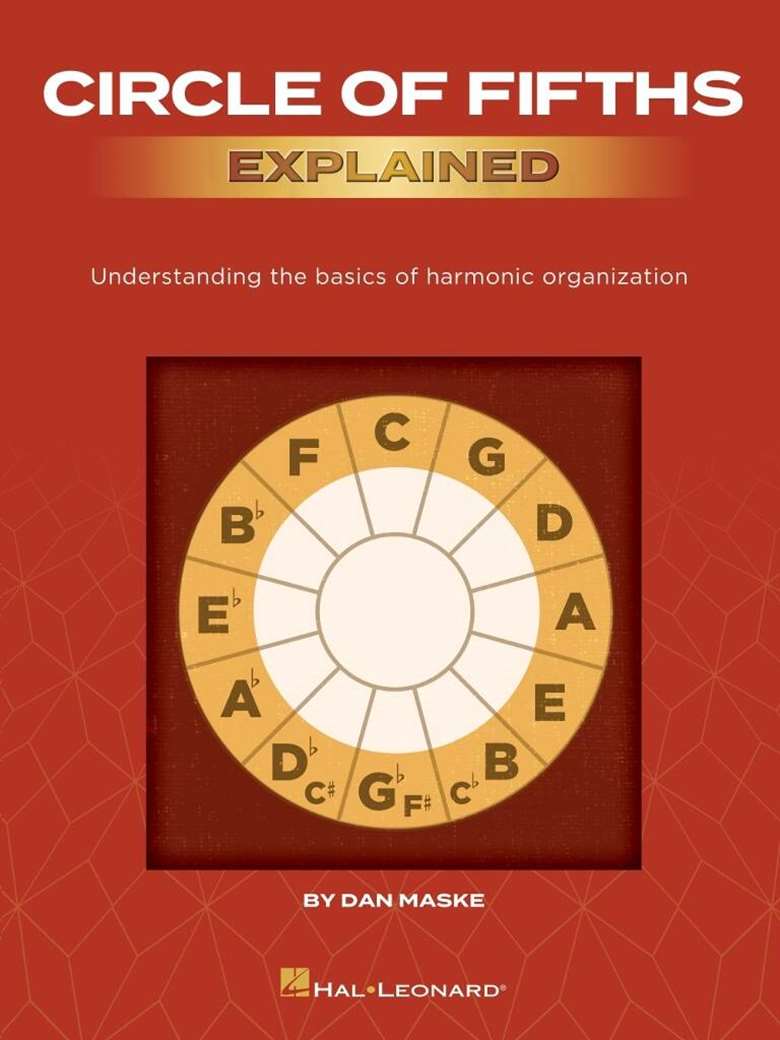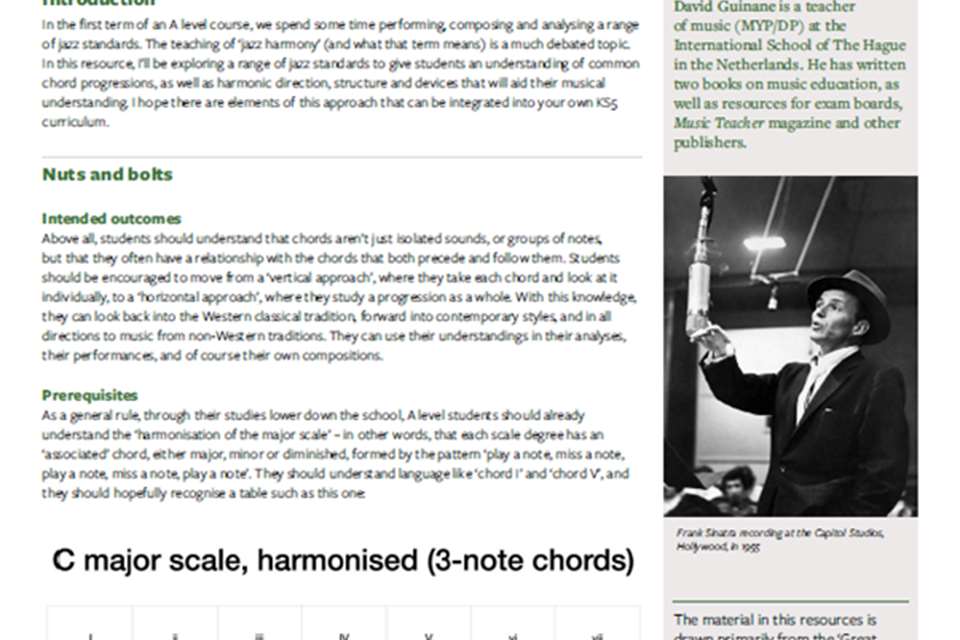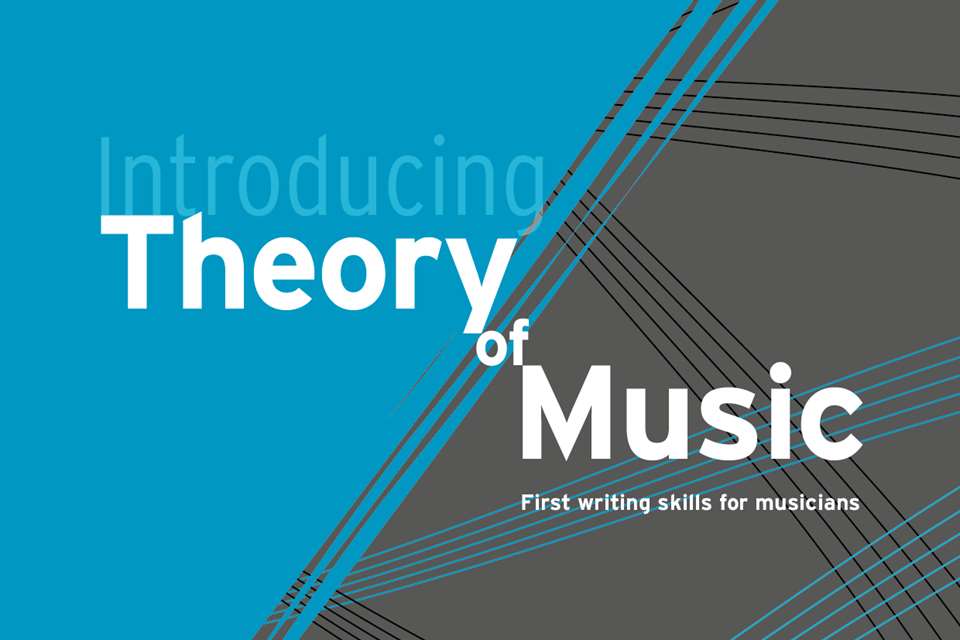Book reviews: Circle of Fifths Explained
Michael Pearce
Wednesday, May 1, 2024
Michael Pearce looks at Dan Maske's exploration of the harmonic learning aid

A few eyebrows were raised in the MT commissioning meeting when I enthusiastically volunteered to review a book on the circle of fifths. I have an affinity for the harmonically arranged clockface – or, more specifically, the chord progression of the same name. I fondly remember my A Level music teacher playing us examples of the circle of fifths progression (in full: I–IV–vii–iii–vi–ii–V–I) used in Baroque and Classical music to the jazz standard Autumn Leaves and Gloria Gaynor's I Will Survive (but mainly I Will Survive). This approach was, in hindsight, pedagogically questionable, but it certainly did the trick; now, no matter what genre of music I’m listening to, my ears prick up when I hear that progression.
When I read the title Circle of Fifths Explained, I was anticipating a deep dive into advanced harmonic concepts and analysis – but I was wrong. The key to understanding this book is the subtitle: ‘Understanding the basics of harmonic organization’. In essence, what we have here is a compact, 40-page beginner's guide to musical harmony, pegged on to the circle of fifths.
As author Dan Maske explains, ‘To fully comprehend the circle of 5ths, one needs a basic understanding of musical concepts such as intervals, scales, key/key signatures, and chords [the four chapter titles in the book]. However, the relationship of these concepts to the circle of 5ths is symbiotic. This means that once you start to understand the circle of 5ths, you will be able to better comprehend these other musical concepts.’
At several points, Maske outlines some novel ways to use the circle beyond its usually recognised purpose: as a visual aid for remembering key signatures and understanding the harmonic relationships between keys and chords. In the second chapter, ‘Scales’, Maske explains how you can use the circle to figure out the pitches of any major scale: ‘… choose the pitch which corresponds to the name of the major scale you wish to compile. Next, select the first five letter names immediately clockwise of the starting pitch, plus one letter immediately counterclockwise of that pitch. Now, you have the seven pitches of the major scale, albeit out of sequence. Simply put them in alphabetical order and you have the major scale, in ascending order.’
And if you think that was slightly tenuous and confusing, in the fourth chapter, ‘Chords and Progressions’, we have an explanation how to use the circle to spell out major chords: ‘For any given pitch, move clockwise around the outer circle to find the first and fourth notes. These will be the 5th and 3rd chord tones, respectively. So, including your starting pitch (the root), you’ll have the three pitches for that major chord.’ These strategies might be musically sound, but I can't help thinking they overcomplicate things. Another theoretical titbit new to me was the pairing of ‘Fat Cats Go Down Alleys Eating Bacon’ with ‘Battle Ends And Down Goes Charles's Father’, to help remember the order of sharps and flats – but any mnemonic will do, I suppose!
The more in-depth content on the circle of fifths I’d anticipated appears in the final eight pages, under the subheadings ‘Chord Progressions’ and ‘Modulation’. Everything up to this point – aside from a brief diversion in the ‘Intervals’ chapter on the importance of the fourth and fifth in the harmonic series – does not go beyond Grade 5 theory level. But just as we start to get into the granular detail I’d anticipated, the book comes to an abrupt end. To justify its main title, I feel the book would benefit from another chapter exploring the circle progression's use across a range of styles and periods, as well as some unique workings by composers old and new. But, even then, would there be enough material to justify an entire book on the topic? Perhaps not.
My (incorrect) presumptions aside, the back cover does say this book is written ‘with the novice musician in mind’. I would go further and say it is most suited to an adult novice, perhaps someone wanting to consolidate smatterings of theoretical knowledge and has never gone through a structured, linear course in music theory (and doesn't have the time nor inclination now to do so). Bar one page, which features an outline of the circle of fifths to complete, there are no practical exercises, nor links to audio clips to hear what the concepts or musical examples sound like. This isn't ideal for learners of any age, but particularly for children with short attention spans. I think younger learners, therefore, might benefit from a more traditional workbook (à la ABRSM's Eric Taylor series), with practical exercises and a gentler pace of learning.
All in all, this paints a picture of a book suffering from a bit of an identity crisis. With the lack of exercises, the title may have been better published as an A6 pocketbook rather than in standard A4 format (I accept, however, there are commercial reasons why this may be impractical, such as managing printing costs or meeting shelf sizes found in shops). In his introduction, Maske states: ‘In many music theory text books, the circle of 5ths exists as one small part of a chapter on keys and key signatures, and then again in a discussion on modulation’. A counter argument to this might be: if the circle of fifths is explored at the level of detail that it is here, then is that really such a problem?




